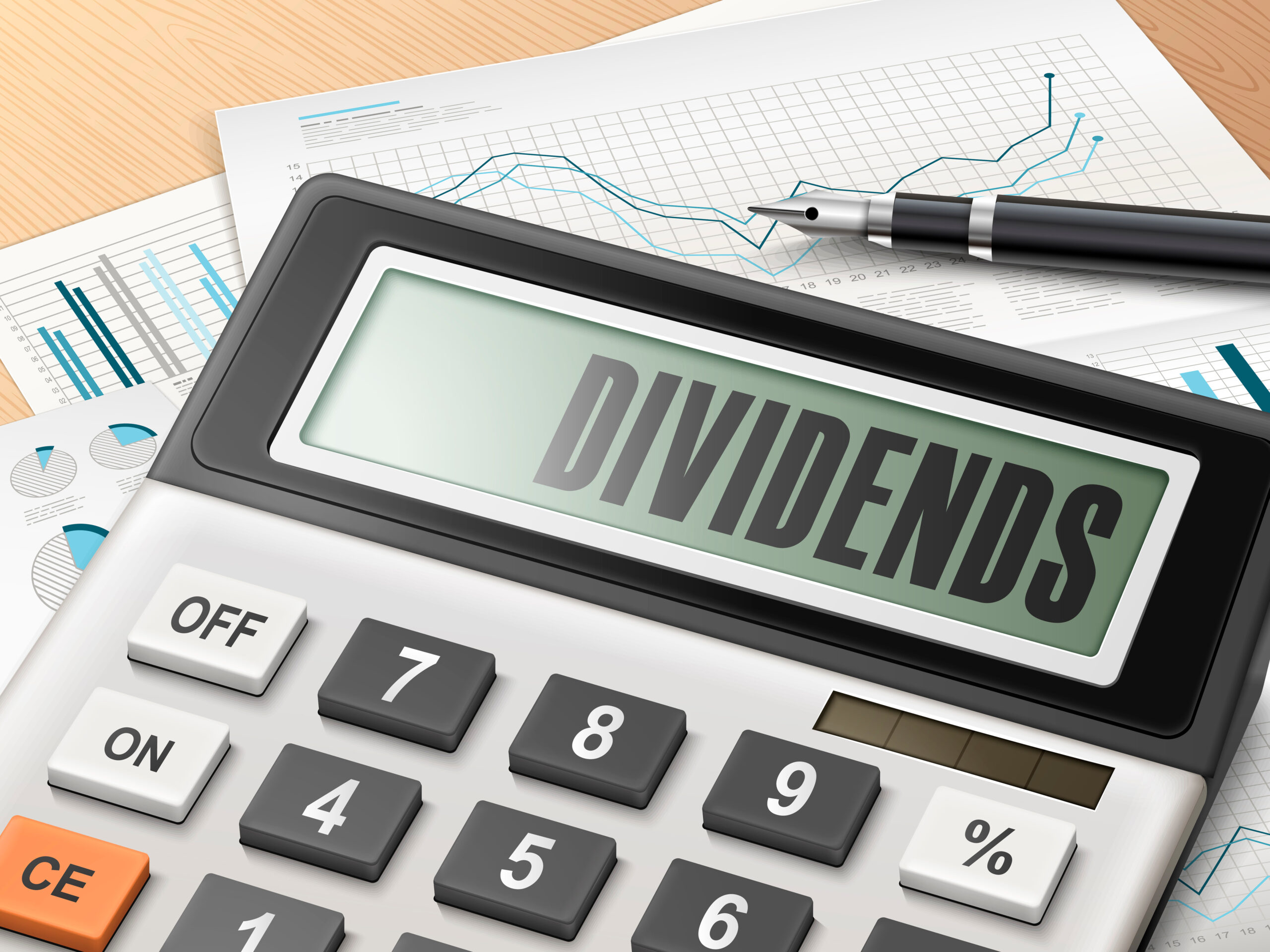The low down on company dividends
For business owners, declaring company dividends is an important way to distribute profits to shareholders. However, the process requires careful attention to detail to ensure compliance with UK tax regulations and avoid potential penalties. If you’re unsure whether you’ve declared your company dividends correctly, it’s essential to understand the process, the tax implications, and the steps to take to stay compliant. Here’s a guide on how to declare company dividends correctly and avoid common pitfalls. Or reach out to us here if you have any concerns.
What Are Company Dividends?
Dividends are payments made by a company to its shareholders from the profits generated by the business. They represent a return on investment for shareholders and can be distributed at various times throughout the year. Dividends are often a tax-efficient way to take profits out of a company, but the process must be managed carefully to ensure it meets legal requirements.
How to Declare Company Dividends Correctly
1. Ensure There Are Sufficient Profits
Before declaring dividends, it’s crucial to verify that your company has enough retained profits. Dividends can only be paid from profits after tax, known as retained earnings. Declaring dividends without sufficient profits can result in an illegal dividend, which could lead to penalties and legal repercussions.
To determine whether you have enough profits to declare dividends, review your company’s financial statements, particularly the balance sheet, to ensure that retained earnings are sufficient. If your business is in a loss-making position or has insufficient profits, dividends should not be declared.
2. Follow the Proper Declaration Process
Declaring dividends is not simply a matter of transferring funds from the company’s account to shareholders. There is a formal process that needs to be followed to comply with company law:
- Hold a Board Meeting: If you are a director of the company, you must hold a board meeting to formally approve the declaration of dividends. This applies even if you are the only director. The meeting minutes should record the decision to declare dividends and the amount to be distributed.
- Issue Dividend Vouchers: For each dividend paid, you must provide a dividend voucher to each shareholder. The voucher should include details such as the company name, the date of the dividend payment, the amount of the dividend, and the shareholder’s name. This document is essential for both the company’s records and the shareholders’ personal tax returns.
3. Pay the Correct Tax on Dividends
Dividends are subject to specific tax rules in the UK, and shareholders must report their dividend income on their self-assessment tax return. The tax rates for dividends differ from other forms of income, with dividends benefiting from a tax-free allowance and lower tax rates compared to salary or interest income.
- Dividend Allowance: As of the current tax year, individuals have a dividend allowance of £1,000, meaning the first £1,000 of dividend income is tax-free.
- Dividend Tax Rates: Dividend income above the allowance is taxed at different rates depending on the shareholder’s income tax bracket. Basic rate taxpayers pay 8.75%, higher rate taxpayers pay 33.75%, and additional rate taxpayers pay 39.35%.
It’s important to ensure that the dividend amounts declared are accurately reported in the shareholders’ tax returns to avoid underpayment or overpayment of tax.
4. Keep Detailed Records
Accurate record-keeping is crucial for declaring company dividends correctly. The company should maintain records of:
- The profits available for distribution
- Board meeting minutes approving the dividends
- Dividend vouchers issued to shareholders
- Payment dates and amounts of dividends paid
These records will be essential in the event of an HMRC audit or if there are any disputes regarding dividend payments. Proper record-keeping also helps ensure that you have the necessary documentation to support your tax filings.
Common Mistakes to Avoid When Declaring Dividends
Declaring Dividends Without Profits
One of the most common mistakes business owners make is declaring dividends without having sufficient retained profits. This is considered an illegal dividend and could result in repayment demands or penalties from HMRC. Always ensure that your business has adequate post-tax profits before making any dividend payments.
Not Issuing Dividend Vouchers
Failing to issue dividend vouchers is another common oversight. Dividend vouchers are not only required for tax purposes but also serve as formal proof of dividend payments. Without these vouchers, shareholders may face difficulties in reporting their dividend income accurately on their tax returns.
Misreporting Dividends on Tax Returns
Shareholders need to report dividend income on their self-assessment tax returns. Misreporting dividends, either by underreporting or overreporting income, can lead to issues with HMRC. To avoid this, ensure that dividend vouchers are issued and that all shareholders report their dividend income correctly.
How TRW Accountants Can Help
At TRW Accountants, we understand the complexities of declaring company dividends and the importance of compliance with tax laws. Our team of experts can help ensure that your dividends are declared correctly, your records are accurate, and your tax obligations are met. Contact us today to learn how we can assist with your dividend declarations and ensure you stay compliant with HMRC regulations.
Conclusion
Declaring company dividends correctly is essential for maintaining compliance with UK tax regulations and ensuring that your business operates smoothly. By following the proper process, paying the correct tax, and keeping accurate records, you can avoid common mistakes and ensure that your dividend payments are fully compliant. If you’re unsure about any aspect of declaring dividends, professional support can make the process easier and more efficient. For more information, explore our resources on Why should I review my financial figures? and How Do Accountants Do Tax Returns?

